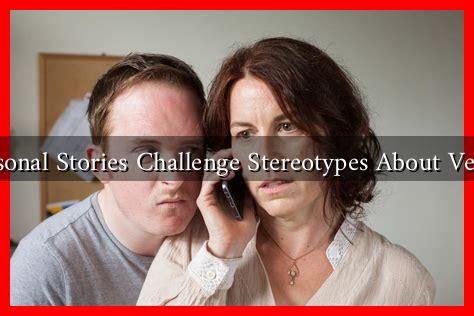-
Table of Contents
How Do Personal Stories Challenge Stereotypes About Veiled Women?
The image of veiled women often conjures up a myriad of stereotypes, ranging from oppression to passivity. However, personal stories from veiled women themselves reveal a more nuanced reality that challenges these preconceived notions. By sharing their experiences, these women not only assert their identities but also dismantle the stereotypes that have long been associated with their choice to wear a veil. This article explores how personal narratives can reshape perceptions and foster understanding about veiled women.
The Power of Personal Narratives
Personal stories serve as powerful tools for challenging stereotypes. They provide a platform for individuals to express their unique experiences, thereby humanizing them and allowing others to see beyond generalized assumptions. For veiled women, sharing their stories can illuminate the complexities of their lives, including their motivations for wearing a veil and the diverse contexts in which they navigate their identities.
Breaking Down Stereotypes
Common stereotypes about veiled women often include the following:
- They are oppressed and lack agency.
- They are uneducated or uninformed.
- They are submissive and lack individuality.
- They are solely defined by their religious beliefs.
However, personal stories challenge these stereotypes in several ways:
1. Agency and Empowerment
Many veiled women assert that wearing a veil is a personal choice that empowers them. For instance, a study conducted by the Pew Research Center found that 62% of Muslim women who wear the hijab do so by choice, citing reasons such as cultural identity and personal faith. Personal narratives often highlight how the veil can be a symbol of empowerment rather than oppression. For example, Malala Yousafzai, a Nobel laureate and advocate for girls’ education, has spoken about her choice to wear a hijab as a statement of her identity and beliefs.
2. Education and Professional Success
Contrary to the stereotype that veiled women are uneducated, many personal stories reveal a commitment to education and professional achievement. A report by the World Bank indicates that women in Muslim-majority countries are increasingly pursuing higher education. Personal accounts from women like Dr. Hala Al-Saadi, a successful physician who wears a hijab, illustrate how they navigate their careers while maintaining their cultural and religious identities. These stories challenge the notion that veiling is synonymous with a lack of ambition or intellect.
3. Individuality and Diversity
Veiled women are not a monolithic group; their experiences vary widely based on cultural, social, and personal factors. Personal stories often highlight this diversity. For example, the blog “Muslimah Media Watch” features various contributors who share their unique perspectives on veiling, showcasing how their choices reflect their individual identities rather than a singular narrative. This diversity in experiences helps to dismantle the stereotype that all veiled women share the same beliefs or motivations.
Case Studies and Real-Life Examples
Several case studies illustrate how personal stories can effectively challenge stereotypes:
- Yasmin Seweid: A young Muslim woman who was attacked for wearing a hijab in New York City. Her story of resilience and activism has inspired many and highlighted the importance of standing up against hate.
- Rania Abouzeid: A journalist who has reported extensively on the lives of women in the Middle East. Her work emphasizes the complexity of women’s experiences, challenging the oversimplified narratives often portrayed in the media.
- Huda Al-Husseini: A fashion designer who uses her platform to promote modest fashion while sharing her journey as a veiled woman in the fashion industry, thus redefining beauty standards.
Conclusion
Personal stories of veiled women play a crucial role in challenging stereotypes and fostering understanding. By sharing their experiences, these women not only assert their agency but also highlight the diversity and complexity of their identities. As society continues to grapple with issues of representation and understanding, it is essential to listen to and amplify the voices of veiled women. Their narratives not only enrich the discourse surrounding veiling but also serve as a reminder that every individual has a unique story that deserves to be heard.
For further reading on the experiences of veiled women, consider exploring resources such as Pew Research Center and Muslimah Media Watch.


